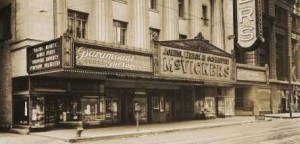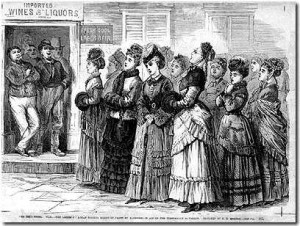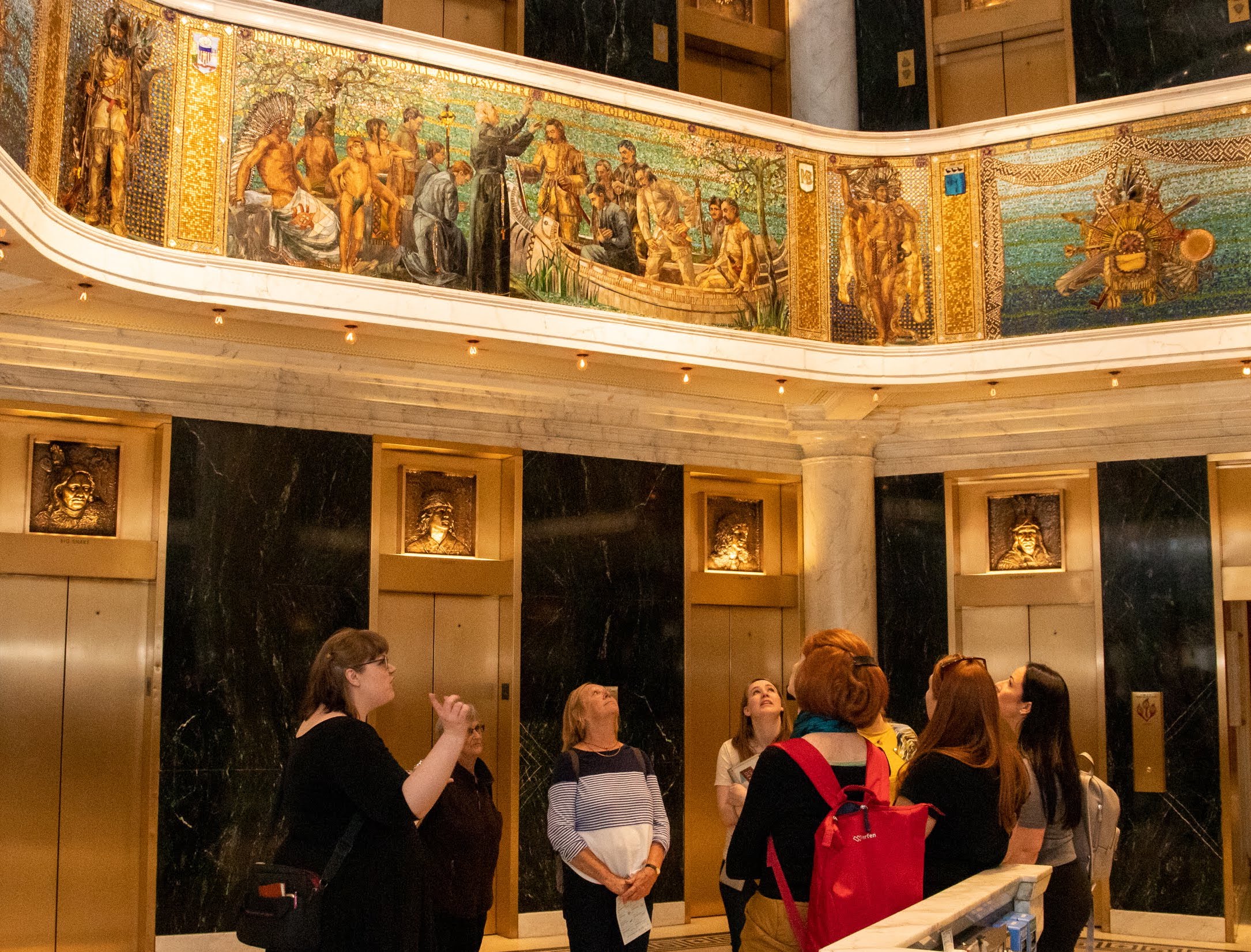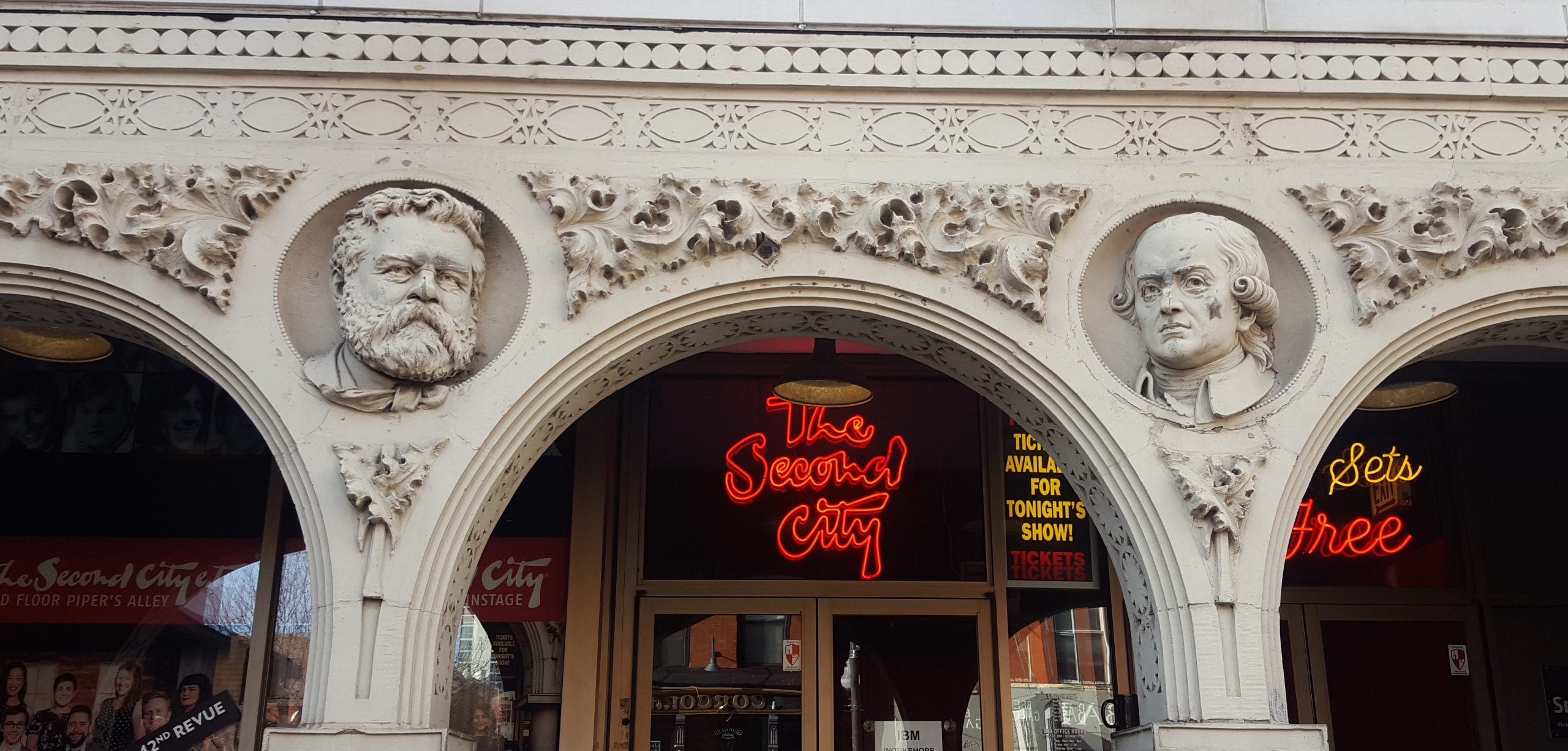During the 1800s Chicago women participated in few social activities outside of the home. Most activities required women to be escorted at all times as they were not to be left alone in public. On our Loop Interior Architecture Walking Tour, we go into the former Marshall Field’s department store and discuss how the store was one of the first spaces where Chicago women were able to be independent in public. We wanted to dig into this idea a little further to see what other spaces women inhabited in the 1800s.
High Society Ladies
Attendance at women’s clubs and societies, such as the Chicago Woman’s Club, is one of the few activities always open to Chicago women. These organizations, which promoted civic betterment and philanthropic work, allowed women to socialize outside the home with other women. In the mid-1800s women began to seek new additional opportunities for enjoyment outside the home.
Entertainment offerings, particularly live theatrical performances, underwent a transformation to try and meet the interests of Chicago women. During this time of the mid-1800s, theaters were primarily patronized by low-class mobs of men and their ill-famed female friends, and plays included “sensual subject matter.”
Chicago Women Class Up the Theaters
Theaters in this era began to cater to middle-class tastes of all genders instead of just those of males. Theater owners promoted them as places full of decorum in order to attract women. Redesigning the interior of theaters created a safe and desirable environment for middle-class women to attend. Through the combination of additional seating in the front rows of the theater and changing of the decorum made theaters a more appealing place for women. As women began to go to more shows, the types of entertainment shifted from the soft porn of the past to melodramas which examined the demands of home and family as well as refining the female role in society.
 In 1857, J. H. McVicker’s Theater, on Madison Avenue between Dearborn and State, was one of the first to cater to this new class of women by not permitting improper characters to enter. By the 1870s and 1880s women were a predominant part of the audience.
In 1857, J. H. McVicker’s Theater, on Madison Avenue between Dearborn and State, was one of the first to cater to this new class of women by not permitting improper characters to enter. By the 1870s and 1880s women were a predominant part of the audience.
Going Clubbing? Not Quite
By 1900 saloons began opening dance halls to meet the demands of young working-class men and women eager to meet members of the opposite sex. Dance halls provided an inexpensive place for women to go unescorted. Even bans on alcohol consumption and “close-hold” dancing did not dim the popularity of these clubs.
 In the early 1900s women of Chicago had new privileges that their parents or grandparents didn’t. As women became more independent, they began to partake in many other activities like…drinking! Stay tuned for another post on social drinking habits among the women of Chicago.
In the early 1900s women of Chicago had new privileges that their parents or grandparents didn’t. As women became more independent, they began to partake in many other activities like…drinking! Stay tuned for another post on social drinking habits among the women of Chicago.
— Brian Failing, Research and Collections Intern

















